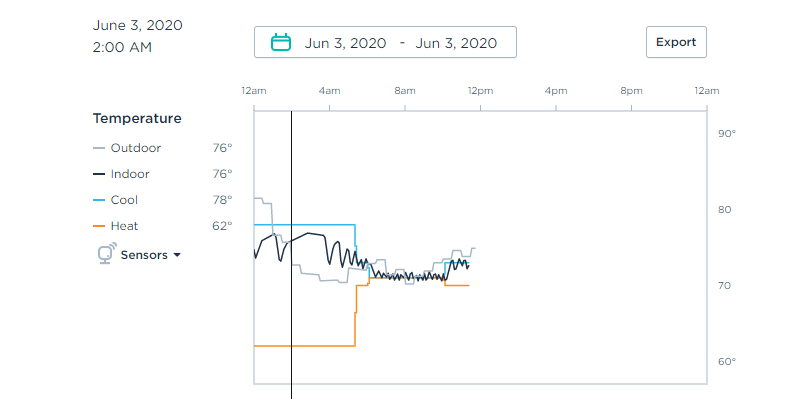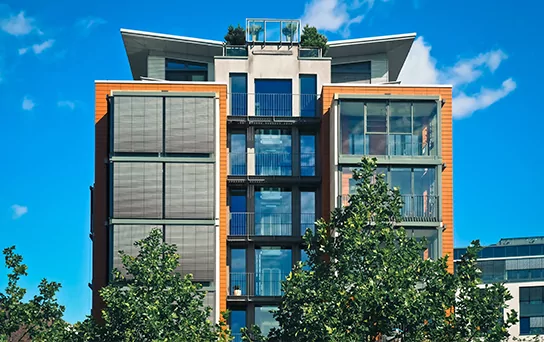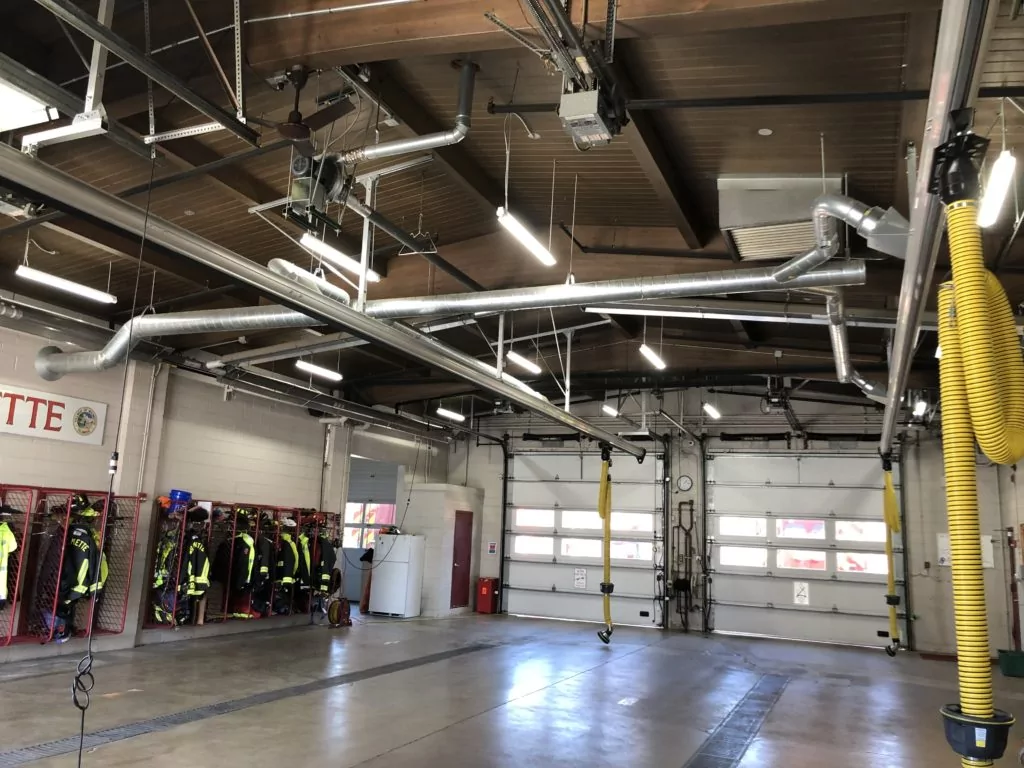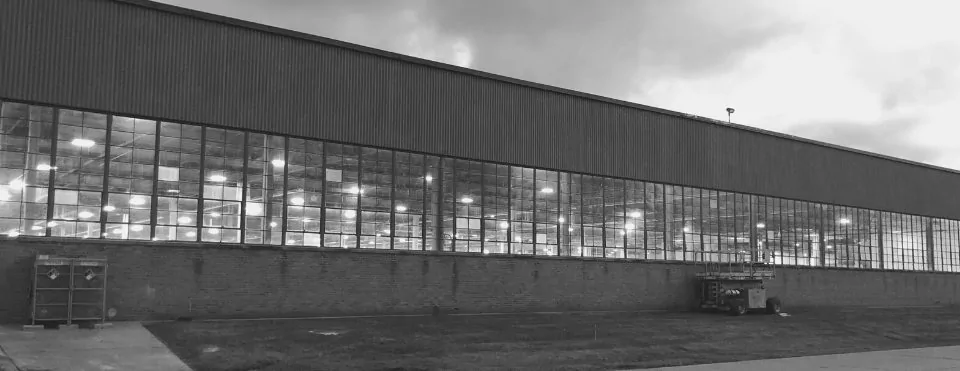Retro-commissioning Your Building to Its Intended Design

Sep 01 2020
In the Comed Energy Efficiency Program, one of the more interesting and complex energy savings opportunities is through the Retro-commisioning program.
Buildings that are 10 years or older start to hit the magic age when they require maintenance. Water heaters start to fail, paint jobs are required, and a roof should be inspected. If your building was perfectly designed and constructed with the finest craftsmen and highest quality equipment- the building should get another 10 years before a lot of investment.
However, most buildings are not built with perfect craftsmen or highest quality equipment. And most are not just 10 years old. For those buildings, mechanical systems start to fail to act as originally intended and energy starts to be wasted.
What is Retrocommissioning
Retro-commissioning is bringing back the building to its original design intent.
Over time, settings of Building Automation Systems start to get tweaked and changed or reset. Much of the older software systems get outdated and lose support. Comfort settings get changed from the original design, some due to lack of understanding and some just happen.
Engineers can do a site survey and make an analysis of a building, looking a the Building Automation System, the cooling system, the heating system, and the overall lighting control system (if there is one).
What Buildings are Ideal for Retro-Commissioning
Large buildings with lots of occupancy are ideal for retroco-mmisioning. A few examples are;
Mulitfamily Buildings
Large Office Buildings
Large Educational Facilities

These Buildings all have large energy demands, always over 100kW for their rating. The minimum usage over the year is .5 GWh, which is at least $5,000 in energy costs each month for a building.
The savings typically found from an initial study can be 5% – so this means a minimum of $250 per month in savings for a building of $5,000 in monthly energy costs. And remember, energy savings also mean less wear and tear on equipment, leading to additional savings.
Next Steps for Retro-commissioning
Verde has partnered with Priority Energy, who focus on impact through engineering. Together, we walk a client through the process, including a low to no cost initial engineering study to get the client understanding their current systems and opportunities to improve. Small adjustments of set points on the BAS system can lead to huge initial savings, as well as analysis for bigger opportunities for capital improvements.
Initial studies require several months to complete and need good involvement and commitment from a building engineer. However, the product from Comed will provide great insight for the building ownership or board – leading to years of reduced energy costs and building a framework for capital direction.
Featured Posts

Mar 15 2021
Energy Savings Formula
In 2002, I became a firefighter in the north suburbs of Chicago. I was young and idealistic - loving almost every part of the job. However, I had another secret passion - sustainability. In addition…
Continue Reading >

May 02 2019
Verde Energy Efficiency Experts 10 Most Sustainable Companies in Chicago
In our energy efficiency consulting firm, we constantly look for inspiration from local companies that lead and innovate in clean energy and sustainability. Not all companies have billion dollar budgets, but that doesn’t mean that…
Continue Reading >
Related Articles

Nov 06 2023
Replacing a BAS vs. Retro-commissioning a BAS
Which is right for your facility? Facility managers are constantly faced with decisions regarding the upkeep and improvement of their buildings. Two common options for enhancing building performance are retrocommissioning (RCx) and building automation system…


